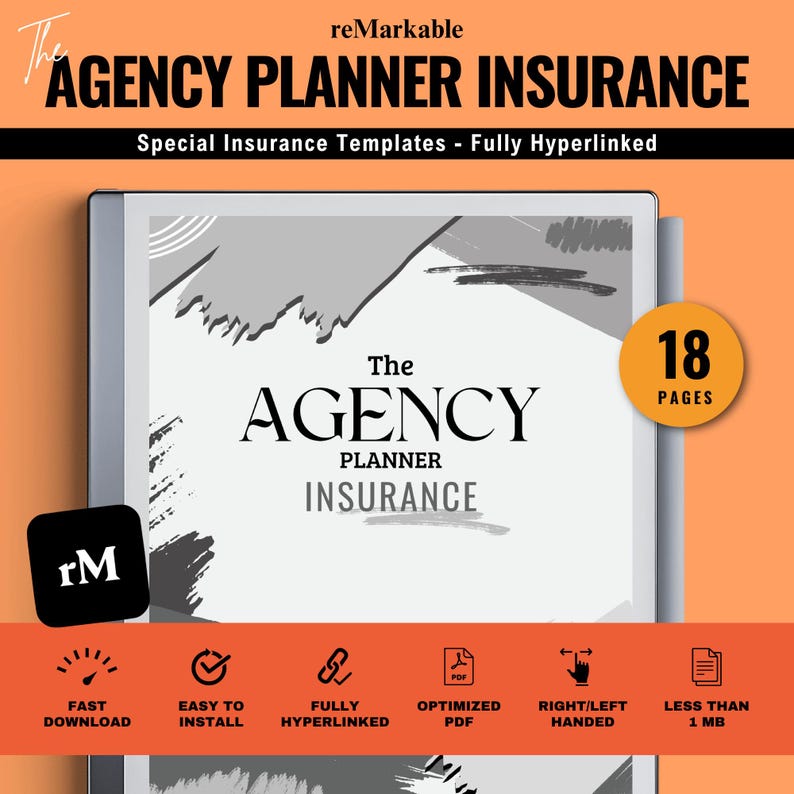Thinking about renting out your property? It’s an exciting venture, but it also comes with its fair share of risks. That’s where landlord insurance comes in—a special type of coverage designed to protect you and your investment. If you’re scratching your head wondering what landlord insurance actually is and how it works, you’re in the right place. In this article, we’ll break down the basics in a friendly, easy-to-understand way so you can feel confident about safeguarding your rental property and everything that comes with it. Let’s dive in!
Table of Contents
- Understanding the Basics of Landlord Insurance and Why You Need It
- Key Coverage Areas to Look for in a Landlord Insurance Policy
- How to Choose the Right Landlord Insurance for Your Property
- Tips for Filing Claims and Maximizing Your Landlord Insurance Benefits
- Concluding Remarks
Understanding the Basics of Landlord Insurance and Why You Need It
Landlord insurance is specifically designed to protect rental property owners from financial losses tied to their investment properties. Unlike standard homeowner’s insurance policies that cover owner-occupied homes, landlord insurance takes a tailored approach by focusing on the unique risks faced by landlords. These risks include damage caused by tenants, loss of rental income due to property damage, and legal costs associated with tenant disputes or eviction processes. Essentially, it acts as a safety net, allowing landlords to safeguard their income and property value from unforeseen incidents.
Considering how unpredictable property management can be, having this type of coverage gives landlords peace of mind. Key benefits often include protection against:
- Property damage from fire, storms, or vandalism
- Liability for injuries that occur on the rental property
- Compensation for lost rent if the unit becomes uninhabitable
- Coverage for legal fees arising from tenant disputes
By understanding these fundamental protections, landlords can better prepare for the challenges of renting out property and minimize potential financial setbacks.
Key Coverage Areas to Look for in a Landlord Insurance Policy
When selecting a landlord insurance policy, it’s essential to ensure it covers the most critical risks associated with rental properties. Typically, a solid policy will include property damage protection, which safeguards the building against unforeseen events like fires, storms, or vandalism. Additionally, many policies cover loss of rental income, providing landlords financial relief if their property becomes uninhabitable due to covered damages and results in a temporary loss of rent. This can be a true lifesaver during unexpected downtime.
Beyond the basics, don’t overlook the value of liability coverage. This protects you from legal and medical expenses if a tenant or visitor suffers an injury on your property and you’re found responsible. Some plans might also offer coverage for landlord-specific risks, such as theft or malicious damage caused by tenants. To make sure you’re fully protected, look for policies that allow flexible add-ons tailored to your property type and rental situation, so you can customize the coverage to fit your unique needs.
How to Choose the Right Landlord Insurance for Your Property
When selecting landlord insurance, it’s important to first assess the specific risks associated with your property and rental situation. Consider factors such as the location, type of tenants, and property condition. Tailoring your coverage to these unique elements ensures that you’re not overpaying for unnecessary protections but are still safeguarded against potential losses. For example, properties in flood-prone areas might require additional natural disaster coverage, while those rented to short-term tenants could benefit from policies that cover accidental damage or tenant default.
Be sure to compare the features and benefits offered by various insurers. Key points to focus on include:
- Coverage limits – How much will the insurer pay out in case of a claim?
- Exclusions and conditions – Are there any specific situations that are not covered?
- Additional cover options – Such as legal expenses, rent loss protection, or liability cover
- Claim process ease – How straightforward and quick is the claims handling?
By taking these steps, you’ll be empowered to choose an insurance policy that offers peace of mind while maximizing the return on your investment.
Tips for Filing Claims and Maximizing Your Landlord Insurance Benefits
When it comes to filing claims, preparation is your best friend. Start by documenting everything related to the incident thoroughly — take clear photos, keep receipts, and maintain detailed records of conversations with tenants or contractors. Promptly notify your insurer and provide all necessary documents; delays or incomplete information can hinder your claim process. Remember, the more organized and transparent you are, the smoother your claim is likely to be.
Maximizing your benefits means understanding the specific coverages your policy offers and leveraging them wisely. Review your policy annually to ensure you have adequate protection and adjust coverage as needed. Consider bundling your landlord insurance with other policies for discounts, and don’t hesitate to ask your insurer about additional endorsements that could cover things like legal expenses or rent loss. Staying proactive and informed can lead to better protection and significant savings over time.
Concluding Remarks
And there you have it—a straightforward look at landlord insurance and how it can protect your investment. While no one hopes for the unexpected, having the right coverage means you can rent out your property with peace of mind. Remember, every landlord’s situation is unique, so take the time to explore your options and find a policy that fits your needs. Here’s to happy tenants and worry-free renting! If you found this guide helpful, feel free to share it with fellow landlords or drop your questions in the comments below. Thanks for reading!






